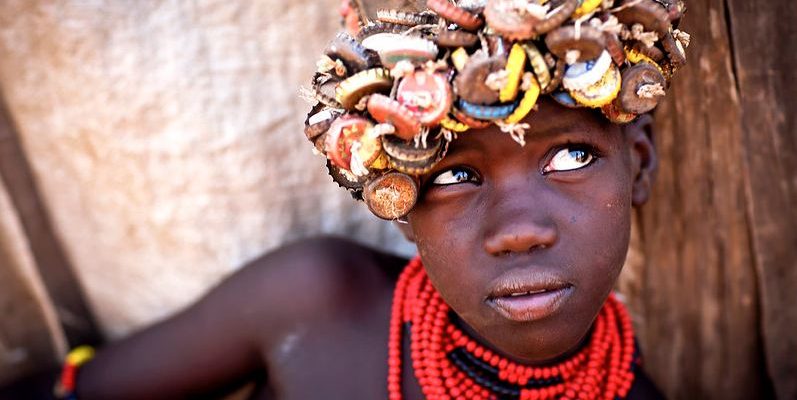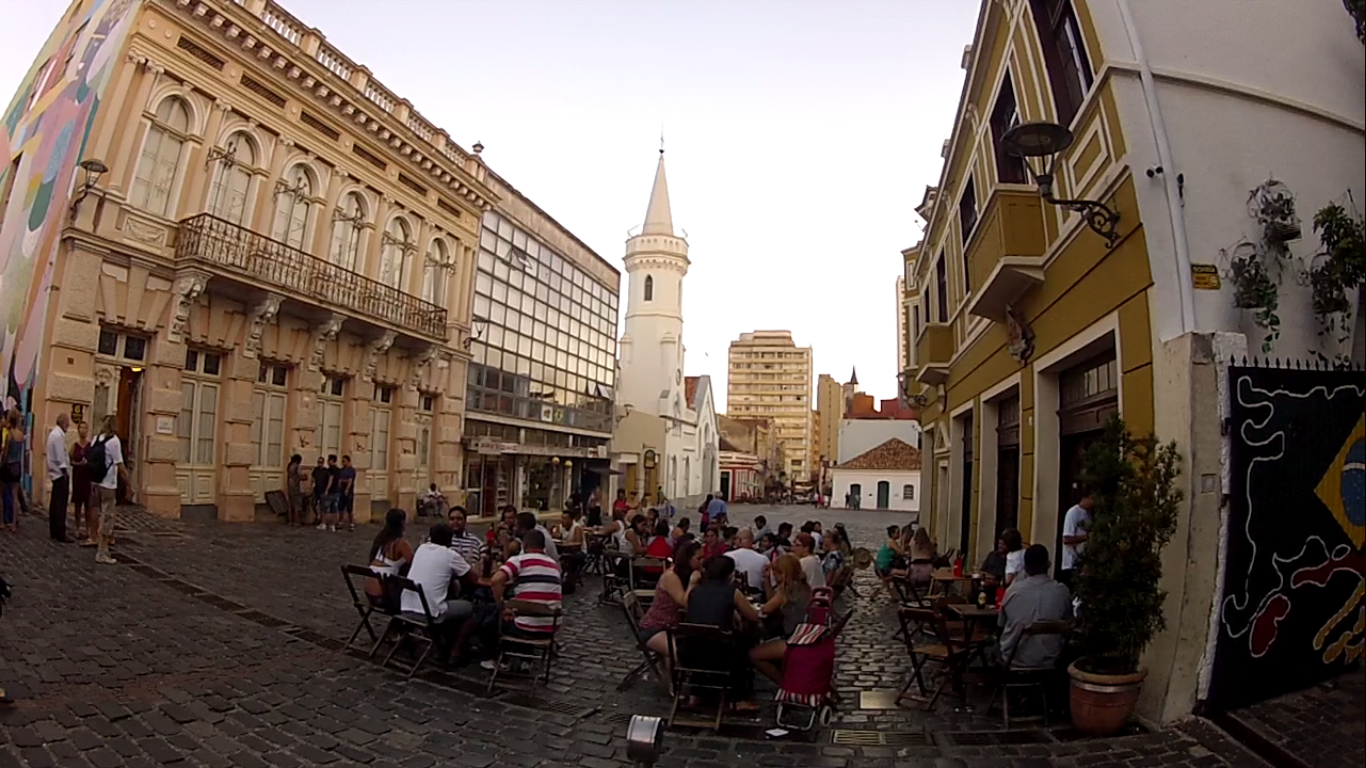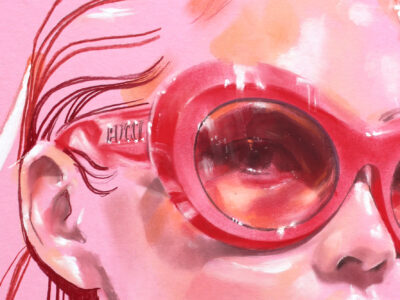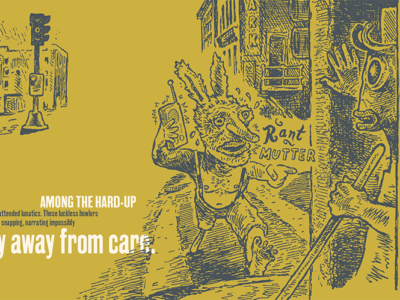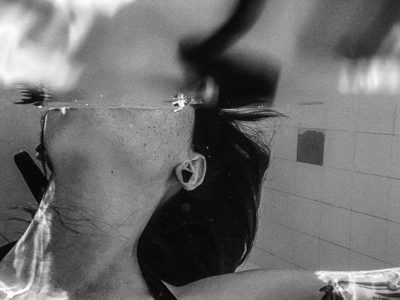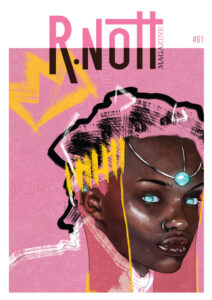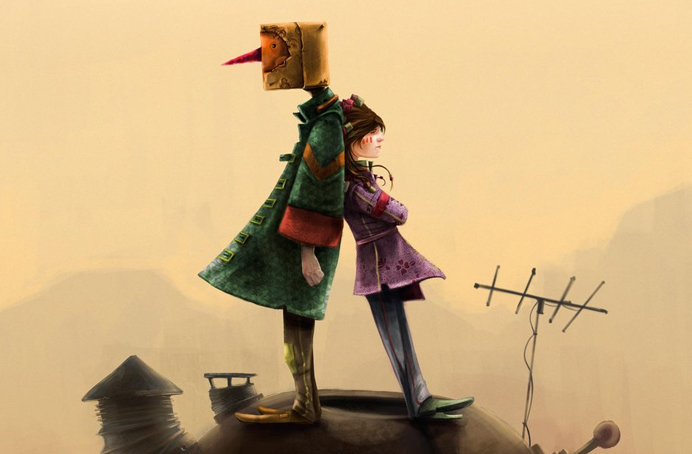O fotógrafo belga respondeu ao nosso Interrogatório e revelou como começou a sua carreira e como foi trabalhar com retratos de povos de diferentes lugares. Confira também a galeria com algumas fotos que selecionamos.
Então quando alguém te dá uma expressão e mostra uma emoção real, é porque você fez esse contato e ali passou a existir um respeito mútuo. Só isso já me dá uma sensação de realização pessoal.”
– De onde você é e o que você fazia antes de fotografar?
Eu sou da Bélgica. Nasci em Bruxelas, mas agora vivo em Melsele, na província de East-Flanders. Ainda não sou um fotógrafo “profissional” de verdade, mas já tive alguma oportunidade. Eu realmente gostaria de me tornar um. Antes de fotografar eu era um estudante, fiz Contabilidade e depois História.
– Conte sobre o seu caminho como fotógrafo. Quais foram os momentos-chave da sua carreira até agora?
Isso começou com o meu primeiro emprego como vendedor em uma loja de artigos eletrônicos. Eu comecei a ganhar algum dinheiro e a fazer as minhas primeiras viagens pelo mundo. Foi aí que notei o quanto eu gostava de fotografar, mas com uma câmera compacta só se pode chegar até um certo nível… Quando voltei para casa, surgiu a oportunidade de eu ir trabalhar em uma loja maior, e lá o meu trabalho seria o de vender equipamento fotográfico. Então foi aí que realmente começou, porque era como estar no meu lugar favorito todos os dias. Daí em diante, a cada nova viagem eu tentava fazer fotos melhores, usando novos equipamentos e todos os conhecimentos que adquiri nesse novo emprego.
– Por que fazer retratos, em especial?
Pode parecer um clichê, mas você pode ir a inúmeros lugares no mundo e tirar um monte de fotos. Entretanto, apenas ao entrar em contato com o povo local é que você começará a conhecer de verdade um país. As histórias que contam, as emoções que expressam, o modo como se vestem, as tradições… Nunca é entediante tentar fazer um bom retrato nesses lugares. E fazer esse bom retrato é também um sinal de respeito por essa pessoa. Muitas pessoas em férias tiram fotos de outros sem pedir nenhuma permissão e, acredite ou não, você verá isso refletido na expressão e na atitude do fotografado. Então quando alguém te dá uma expressão e mostra uma emoção real, é porque você fez esse contato e ali passou a existir um respeito mútuo. Só isso já me dá uma sensação de realização pessoal.

– Onde foi que você mais gostou de trabalhar?
Creio que na Etiópia e em Myanmar.
As pessoas em Myanmar são muuuuito amigáveis. Depois de certo tempo nem mesmo importava se você chegava a tirar uma foto ou não. Apenas entrar em contato com eles já era suficientemente recompensador.
E, claro, a Etiópia, mais pelo desafio. Muita gente acabou não gostando de viajar para a Etiópia por ter que pagar por cada foto que tirava de gente das tribos. O desafio aí era o de se fazer um bom retrato sem acabar sendo igual ao próximo turista que chegava. Isso significava ter que tentar conversar com eles e fazer as coisas de um modo mais pessoal. Dar a eles um colar de doces em vez de dinheiro, fazer brincadeiras e mostrá-los as fotos. Na tribo Arbore, levei comigo algumas fotos que havia tirado um ou dois anos antes. Eles amaram e me deixaram tirar muitas fotos de graça.
– No seu trabalho, qual é a diferença entre fotos coloridas e preto e branco? Você tem alguma preferência clara?
Eu não chego a ter uma preferência. É apenas durante a edição, ou até meses depois, que você acaba notando que algumas fotos foram feitas para estar em preto e branco. Talvez eu goste um pouco mais dos retratos coloridos porque estão mais ‘na sua cara’, e ajudam a expressar as emoções na imagem.
– Como você se aproxima das pessoas que fotografa? Quais são as dificuldades?
Em primeiro lugar, sempre com respeito, seja com um idoso, um adolescente ou mesmo um bebê. Respeito é a chave. As pessoas percebem e admiram isso. Em retorno elas te concederão um belo retrato.
As dificuldades estão basicamente na comunicação, porque nem sempre é possível falar as suas línguas, então você deve se comunicar baseado em expressões faciais e gestos. Aprender algumas palavras e expressões já te trará muito respeito e admiração do povo local.
– Influências? Heróis?
Certamente Steve McCurry, e não se pode esquecer de Eric Lafforgue.
– Quando vemos as pessoas que você fotografa, há muitos rostos que transbordam emoções, e simpatizamos facilmente com eles. Eu gostaria de saber o que se passa no lado oposto: o que você sente nesses momentos, e quem vem a ser o fotógrafo visto pelo fotografado.
Na verdade é bastante simples. Eu me sinto honrado que essas pessoas me permitam fazer os seus retratos. Pode acabar sendo até engraçado quando eu me ponho praticamente a rir atrás da minha câmera, ou quando é o contrário. Me sinto também triste pelas condições de vida desses locais. Mas posso apenas imaginar o que eles pensam de mim. Espero que me vejam como uma pessoa gentil e honesta que não está lá para explorá-los e que está genuinamente interessada em quem eles são.

– Onde você gostaria de fotografar agora? Planos para o futuro?
Há tantos lugares para onde eu gostaria de ir. Esse ano é capaz que eu vá para Orissa e Chhattisgarh, na Índia, ou Benim e Togo. Um dos lugares que eu ia amar visitar é a Papua-Nova Guiné. Mas para mim isso está um pouco caro no momento…
Mais em:
https://www.flickr.com/photos/stevengoethals/
English Version
Where are you from and what did you do before photography?
I am from Belgium. Born in Brussels but now I live in Melsele in the East-Flanders province. I’m not yet a real “professional” photographer yet but if I ‘ve been given a chance; I would sure like to become one. Before is started with photography; I was a student. I studied accountancy and later on history.
Tell us about your path as a professional photographer. What were the key moments of your career up to now?
It actually started with my first job as a salesman in the consumer electronic business. I started to earn some money and made my first travels around the world. It is there were I noticed how much I enjoyed taking pictures, but with a small compact camera you can only do so much… When I got home; I had been given an opportunity to go work in in a bigger store where my job would be to sell photography equipment. So that is were it really got started. It’s like standing in your favorite place every day. And so with every new trip I made; I tried to make my photography better using new materials and all the things I learned on my new job.
Why portraits, in particular?
It may sound like a cliché, but you can go to so many places in the world and take so many pictures, but it is only by coming in contact with the local people that you will really start to get to know a country. The stories they tell, the emotions they express, the way they dress, their traditions….. Never a dull moment when you try to make a nice portrait. A good portrait is for me also a sign of respect for that person. Too many people on vacation are taking pictures of people without even asking permission and believe it or not; you will see that by the expression and attitude of the subject. So when people give you an expression and show a real emotion; it is because you made contact and there is mutual respect. Just that give me a sence of personal fulfillment.
Where did you enjoy doing them the most?
That would be Ethiopia and Burma. The people in Burma are soooo friendly. After a while it didn’t even matter if you took a picture or not. Just coming in contact with them was rewarding enough. And off course Ethiopia. Mostly for the challenge. A lot of people didn’t like their trip to Ethiopia because they had to pay for every picture they took of the tribal people. The challenge was into making a good portrait and not be like the next tourist that comes along. That means trying to set up a conversation with them and trying to make things more personal. Giving them a candy necklace instead of money, joking around and showing them pictures. With the Erbore tribe; I took some pictures with me I took 2 years before. They loved them and gave me pretty much a free photoshoot.
What’s the difference, in your work, between color and b&w photography? Do you have a clear preference?
I don’t really have a clear preference. It is just while editing or even months later that you notice that some shots are just made to me put in to black&white. I may like the color portraits a bit more because it is more “in your face” and helps express the emotions in the picture.
How do you approach the people you photograph? What are the difficulties?
First of all… always with respect. Be it an old man, a teenager or even a baby. Respect is the key. People do notice it and they appreciate it. In return they will give you a nice portrait. The difficulties are mostly communication because you don’t always speak their language. So you may have to do with facial expression and hand gestures. Learning some standard key phrases and words will already get you a lot of respect and admiration from the local people.
Influences? Heroes?
Certainly Steve McCurry and not to forget Eric Lafforgue.
When we see the people you photograph, we see lots of faces that overflow emotions, and we easily sympathize with them. I’d like to ask you what happens on the opposite side: what do you feel during those moments, and who is the photographer seen by the one photographed.
(maybe already a bit explained in previous questions)
It’s actually quiet simple. I feel very honored that these people allow me take their photo. It can also be a fun moment where i’m almost giggling behind the camera or just the other way around. Saddened by the local living conditions. I can only guess what they think of me. I hope they see me as a gentle, honest person who is not there to exploit them and is genuinely interested in who they are.
Where would you like to shoot now? Plans for the future?
There are so many places I would like to go. This year, I might go to Odisha and Chattisgarh in India or Benin & Togo. One of the places I would really love to visit is Papua New Guinea. But it is a bit too expensive for me at the moment…


